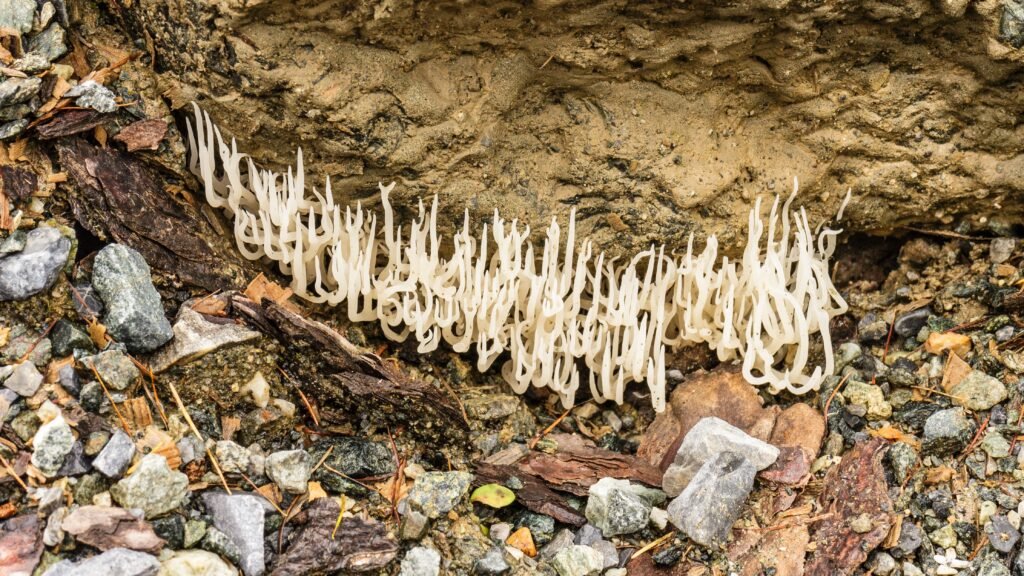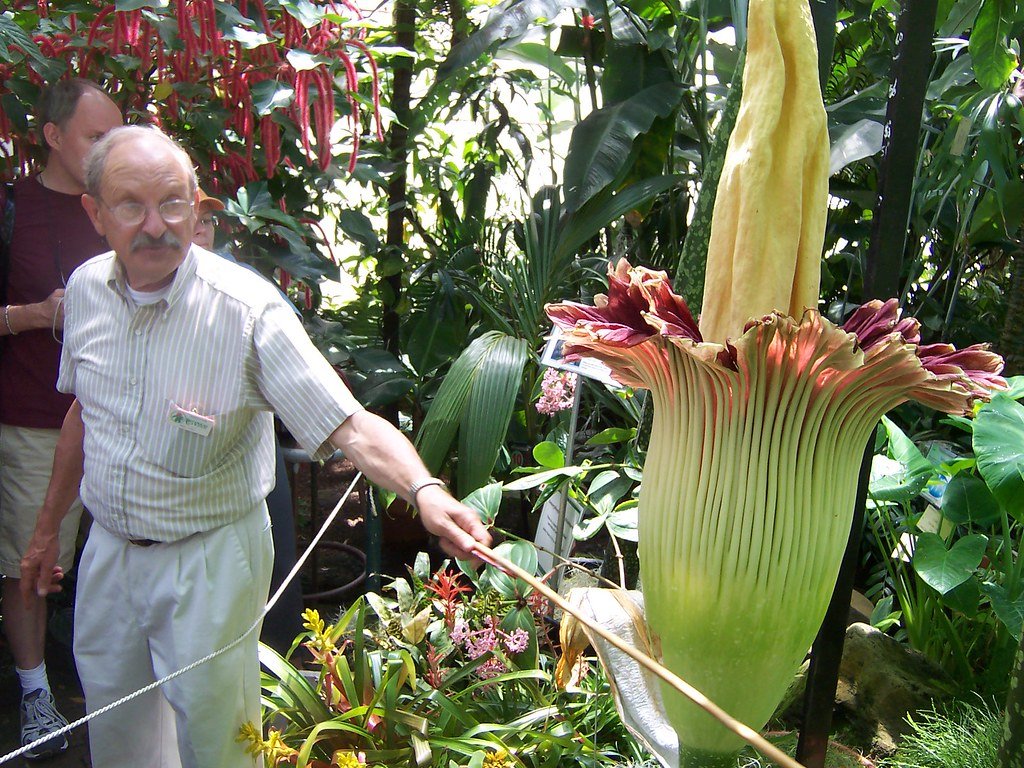Imagine a world beneath our feet where a silent hunter lurks, weaving invisible snares and patiently awaiting its prey. This isn’t a scene from a fantasy novel—it’s playing out right now in the soil beneath the grass, in garden beds, and even in rotting wood. The star of this hidden drama is a remarkable fungus, one that has evolved a shocking and lethal way to catch its dinner: by crafting microscopic nooses to trap unsuspecting worms and then feasting on them alive. The idea sounds almost too wild to be real, but nature is often stranger, and more ruthless, than fiction.
The Hidden World of Soil Predators
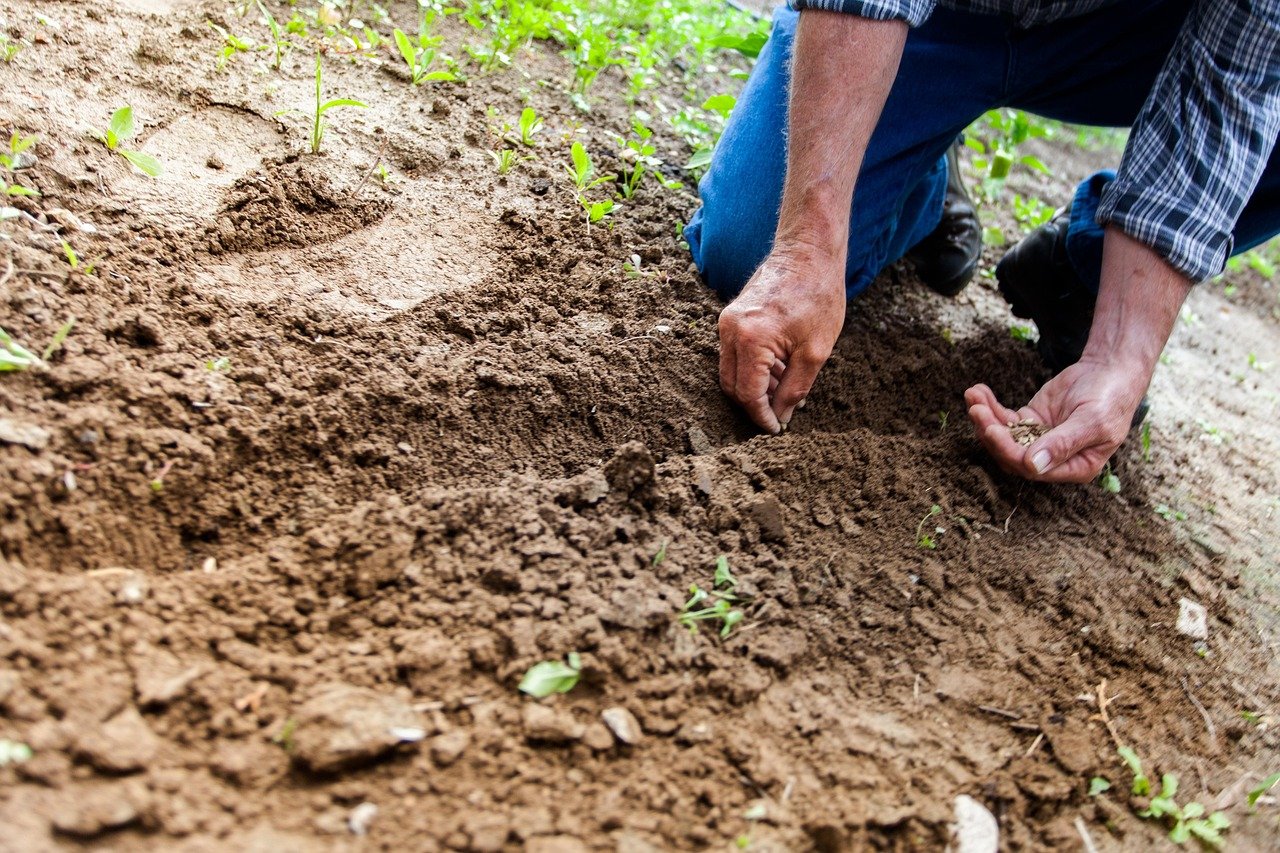
Beneath the surface of the earth, a fierce battle for survival rages every day. The soil teems with life—tiny insects, bacteria, worms, and fungi all competing for resources. Among these, certain fungi have evolved to become predators, targeting small creatures like nematodes, which are microscopic worms. While most people think of fungi as harmless decomposers, quietly breaking down dead matter, some have taken a different evolutionary path. These predatory fungi are anything but passive; their lives hinge on their ability to hunt and consume living prey. For nematodes, this underground world is a minefield, fraught with invisible dangers.
Meet the Noose-Making Fungus
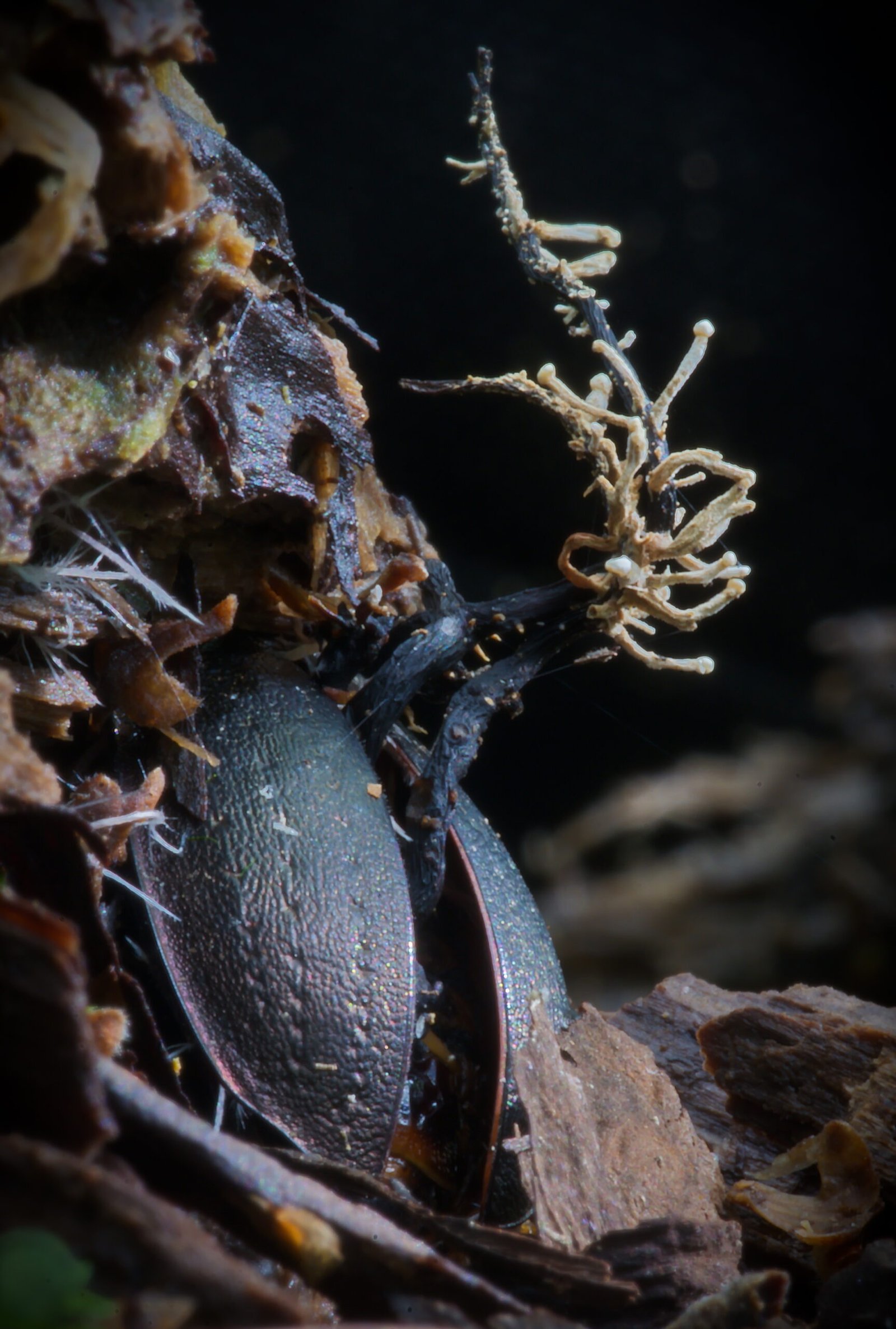
The most infamous of these predatory fungi is the genus Arthrobotrys. These fungi are masters of deception and patience, weaving loops and nooses from their hyphae—the thread-like filaments that make up their bodies. When a nematode brushes against a noose, it tightens instantly, much like a tiny lasso closing around the worm’s body. It sounds almost cartoonish, but this is a real and highly effective hunting strategy. Arthrobotrys’s deadly traps are so small that hundreds could fit on the head of a pin, yet they are strong enough to hold a struggling worm in place. This level of precision and timing is nothing short of astonishing.
The Science Behind the Snare
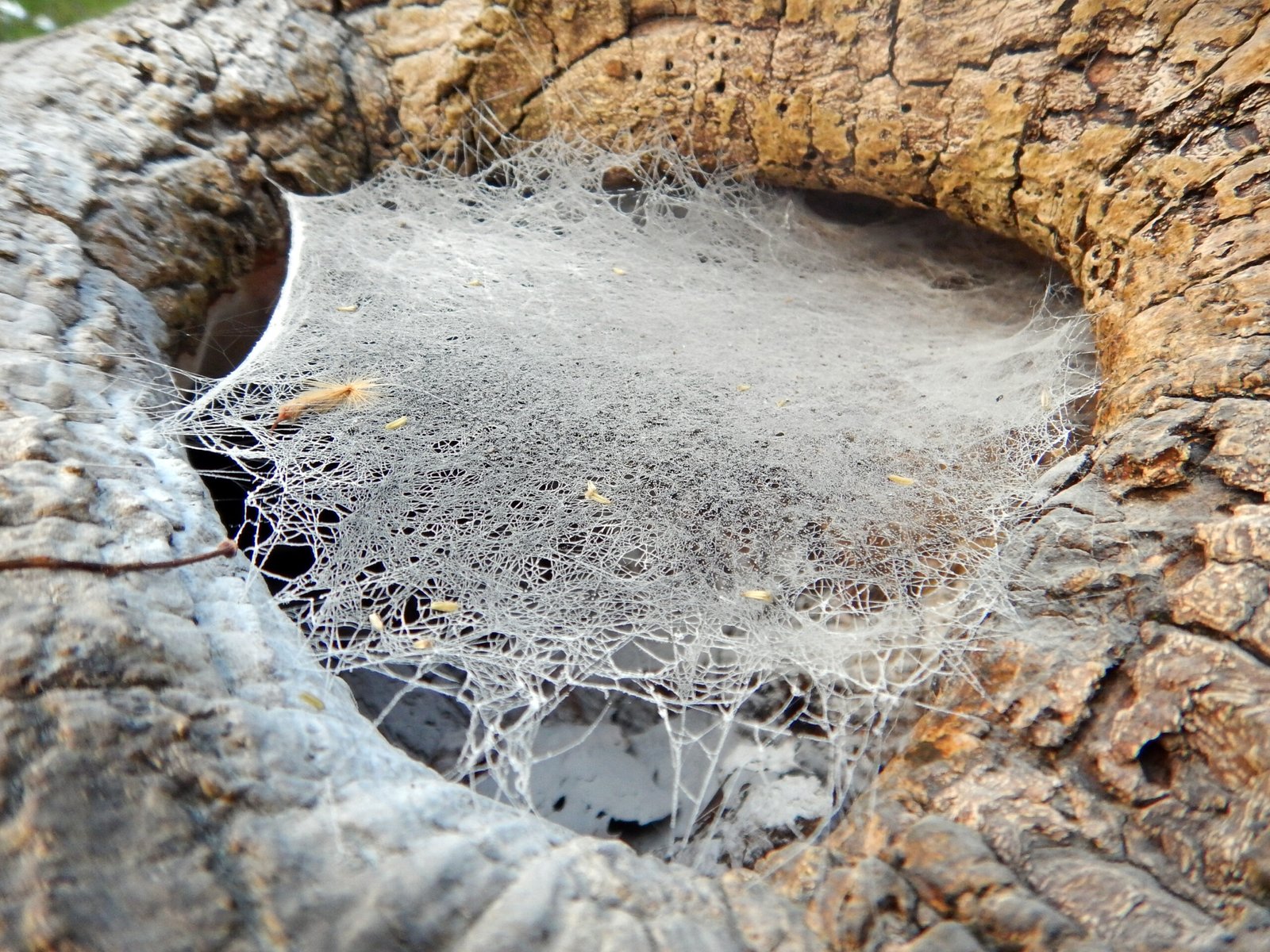
How does this fungus create such sophisticated traps? The secret lies in its ability to sense its prey. When environmental cues signal that nematodes are nearby—such as changes in chemical composition or vibrations in the soil—the fungus begins to alter its growth. It shifts from making simple threads to building elaborate, three-dimensional loops. The moment a nematode enters the noose, the fungus reacts in milliseconds, causing the loop to constrict tightly. This is not just a passive process but an active, responsive mechanism, showing a level of complexity that defies our usual expectations of fungi.
When Worm Meets Noose: The Deadly Encounter

For the unlucky nematode, encountering a fungal noose is the beginning of the end. Once trapped, the worm thrashes desperately, but escape is nearly impossible. The fungus quickly grows specialized structures called haustoria that pierce the worm’s body. These tiny harpoons penetrate the nematode’s tough cuticle and begin to digest its insides while it is still alive. The process is both fascinating and horrifying, as the fungus consumes the worm from within, breaking it down for nutrients. In a matter of hours, the once-vibrant nematode is nothing more than an empty husk.
Why Fungi Became Predators
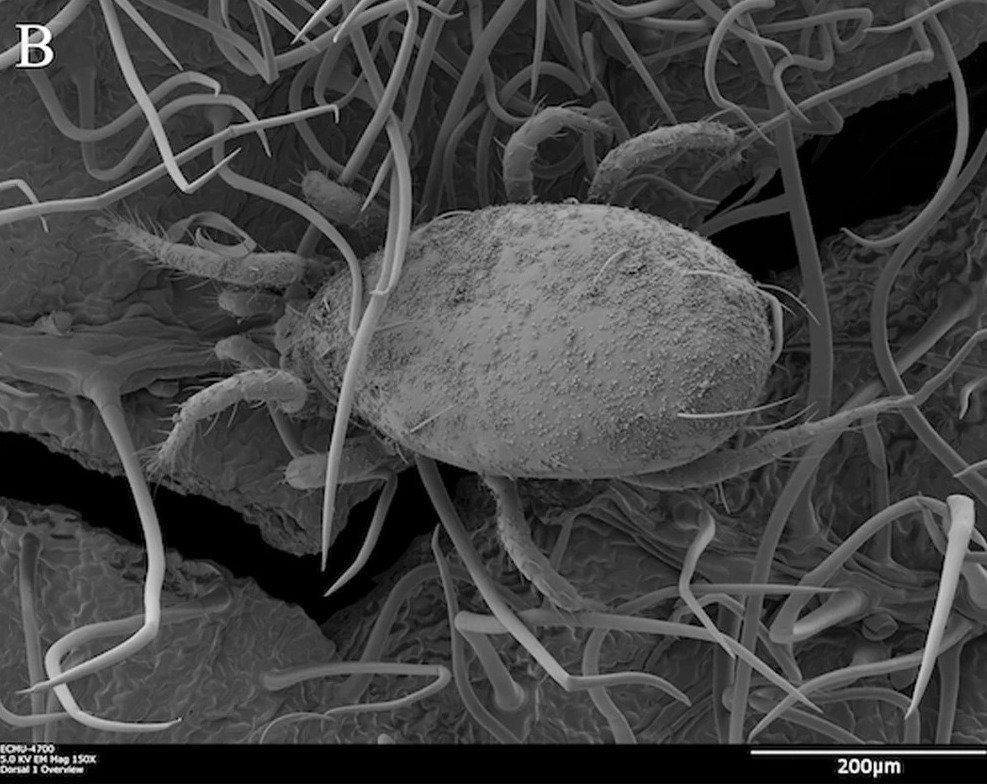
But why would a fungus turn to such predatory tactics? The answer lies in survival and adaptation. Nematodes are abundant in soil and can be fierce competitors for nutrients. By hunting and digesting them, these fungi gain access to precious nitrogen and other minerals that are often scarce in their environment. Evolution has favored fungi that can supplement their diets this way, giving them a major advantage in the competitive underground ecosystem. This shift from decomposer to predator is a stunning example of nature’s ingenuity.
The Role of Nematodes in the Soil Ecosystem
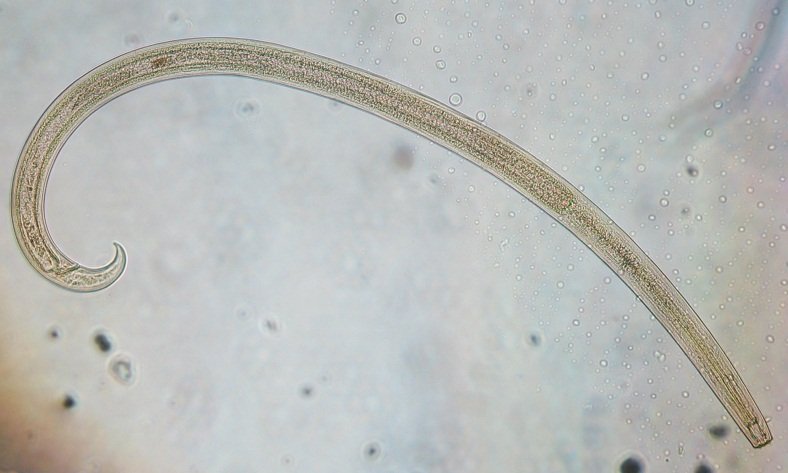
Nematodes themselves are vital players in the soil. They help decompose organic matter, recycle nutrients, and control populations of other soil organisms. However, when their numbers explode, they can become pests, damaging plant roots and stunting crop growth. The predatory fungi act as natural regulators, keeping nematode populations in check. This delicate balance ensures that no single species dominates, maintaining the health and fertility of the soil. Without these fungal hunters, gardens and farms around the world would face far greater challenges.
Other Fungal Hunting Methods
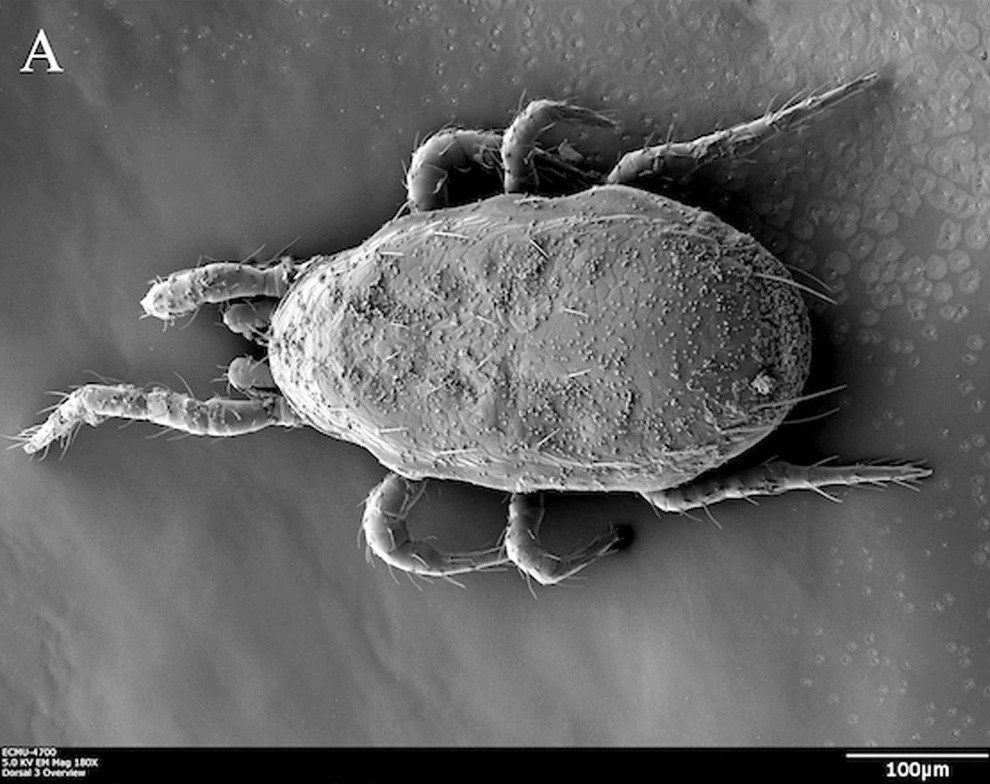
While the noose trap is the most famous, it is far from the only strategy used by predatory fungi. Some species build sticky nets or droplets that glue worms in place, while others produce toxins to paralyze their prey. There are even fungi that use constricting rings, which snap shut like a tiny bear trap when triggered. Each hunting method is uniquely adapted to the fungus’s environment and prey. This diversity of tactics highlights just how creative evolution can be, even in organisms we rarely see.
Fungi as Nature’s Pest Control
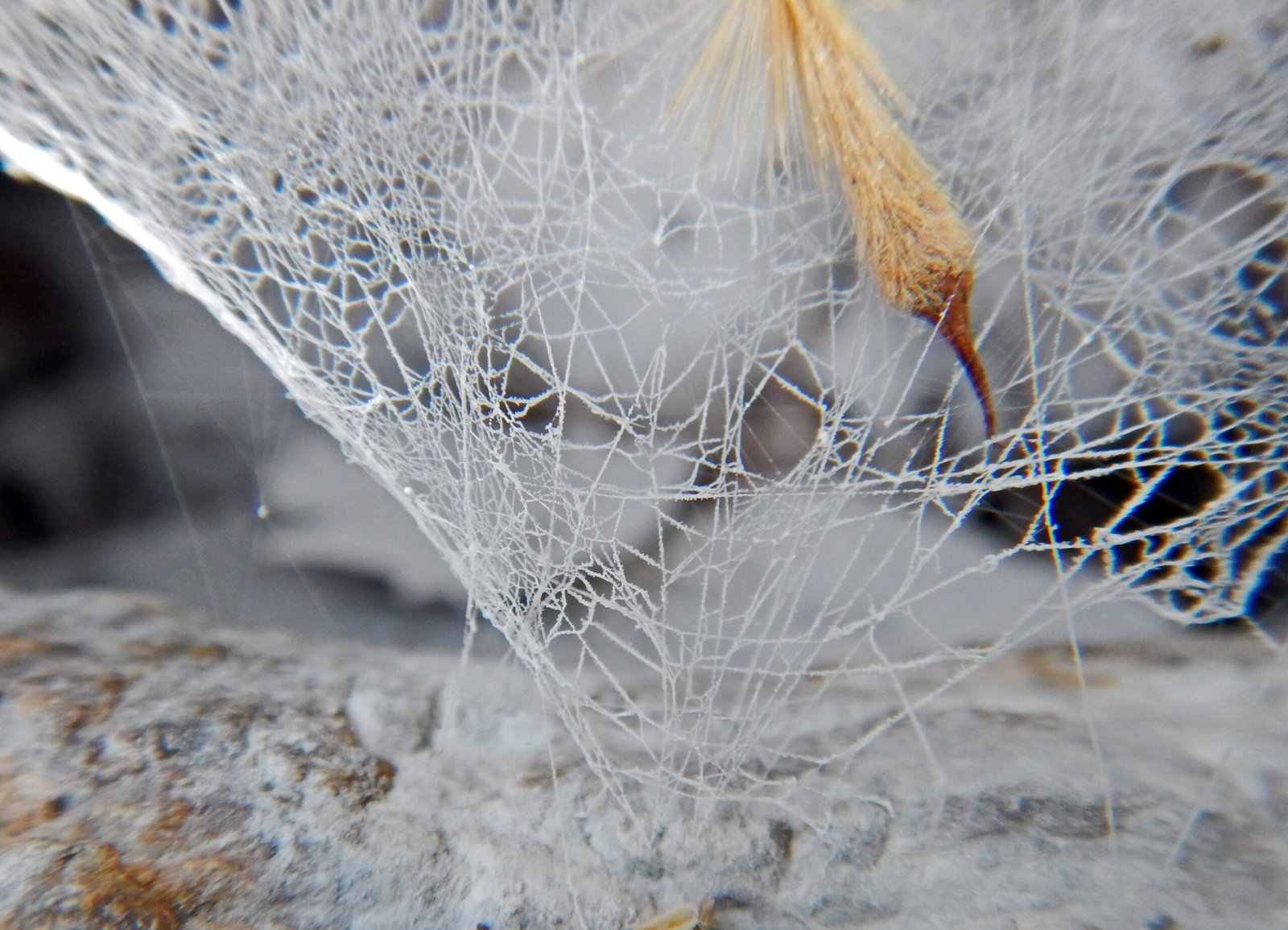
The ability of these fungi to target and kill nematodes has caught the attention of scientists and farmers alike. With concerns growing about chemical pesticides and their impact on the environment, researchers are looking for natural alternatives. Predatory fungi offer a promising solution, providing an eco-friendly way to control nematode pests in agriculture. Some farms are already experimenting with spreading these fungi in fields to protect crops naturally. It’s a classic case of fighting nature with nature—using one organism to manage another.
What This Teaches Us About Nature
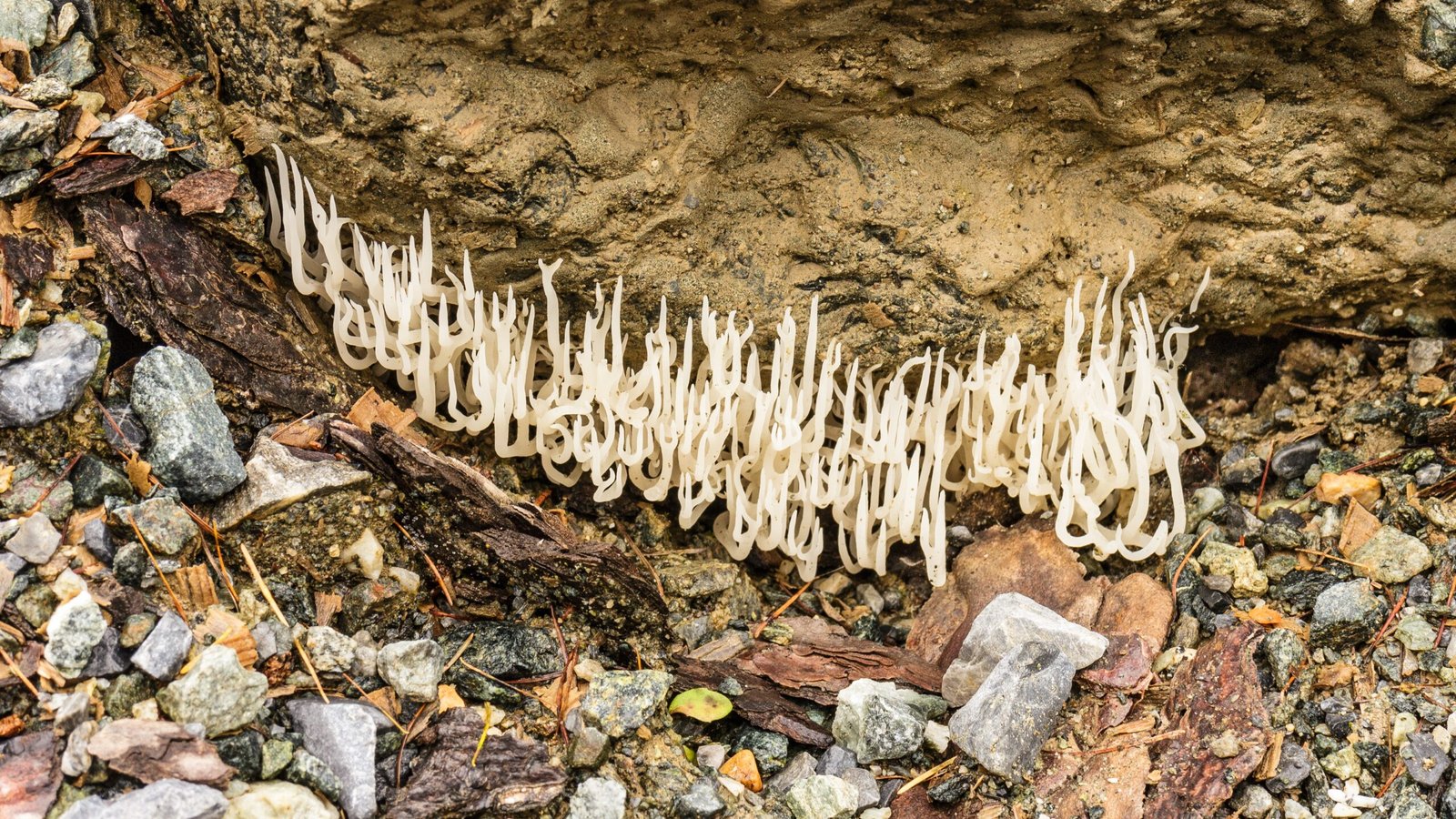
The story of the noose-making fungus is a powerful reminder that the natural world is filled with surprises. It challenges our assumptions about what fungi can do and blurs the lines between hunter and hunted. Even the most unassuming organisms can harbor astonishing abilities. By studying these fungi, scientists are uncovering secrets that could change how we manage food production, understand ecosystems, and even develop new medicines. Nature’s creativity knows no bounds, and its solutions are often more elegant and effective than anything humans could design.
The Future of Fungal Research
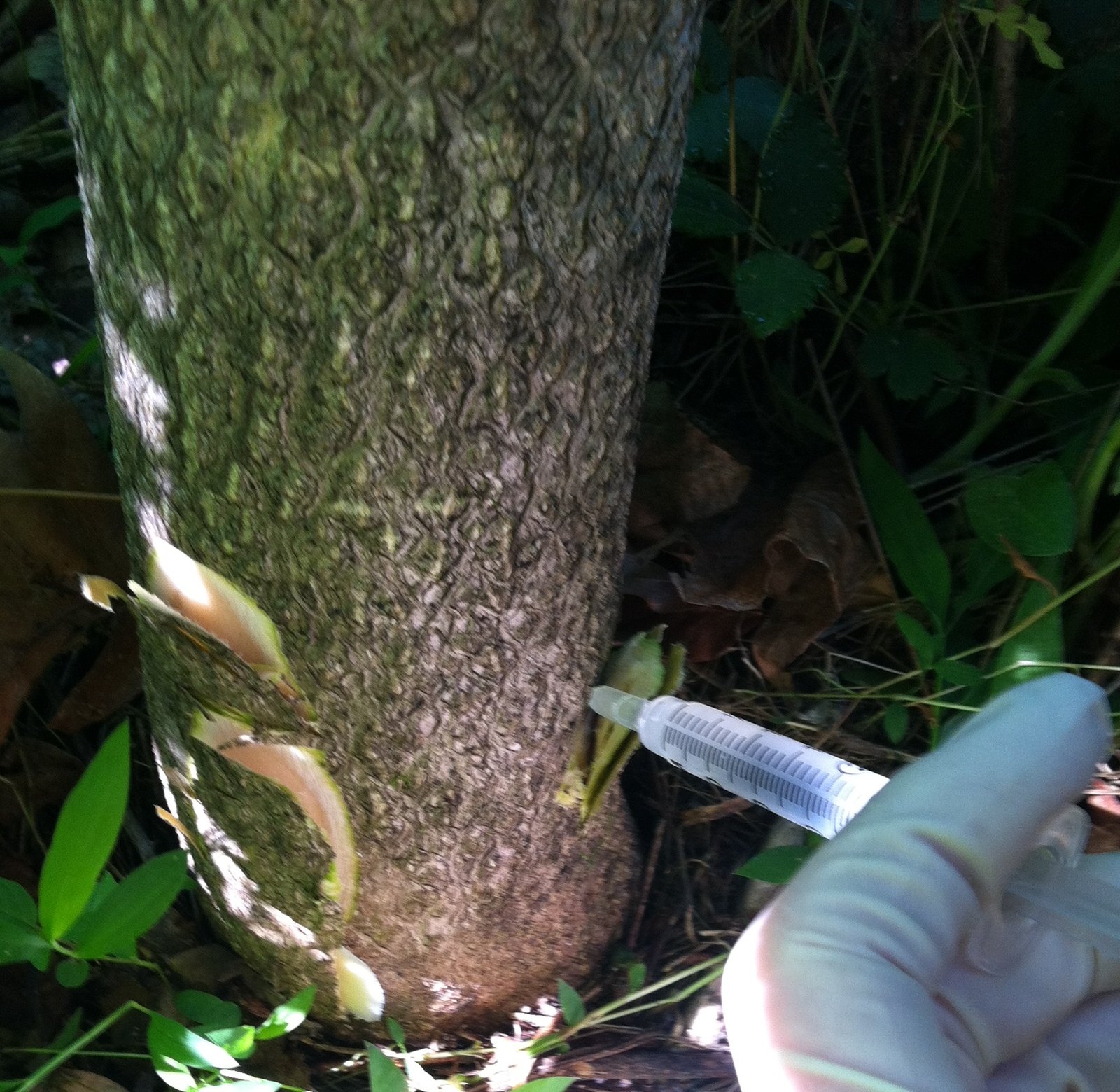
Interest in predatory fungi is growing rapidly. Scientists are now mapping their genomes, studying their life cycles, and experimenting with ways to harness their abilities for human benefit. There is hope that these organisms could play a key role in sustainable agriculture and soil health. The more we learn, the more we realize how little we know about the hidden lives beneath our feet. Every new discovery opens up fresh questions about evolution, adaptation, and the interconnected web of life.
A World of Wonders Beneath Us
Next time you walk through a garden or across a patch of earth, remember: an epic struggle is unfolding just below the surface. The noose-making fungus is only one player in a vast cast of microscopic characters, each with its own story to tell. Their battles shape the soil, nourish the plants, and ultimately sustain life as we know it. Isn’t it astonishing to think that the fate of a worm, caught in a fungal trap, can ripple out to affect the world above?

